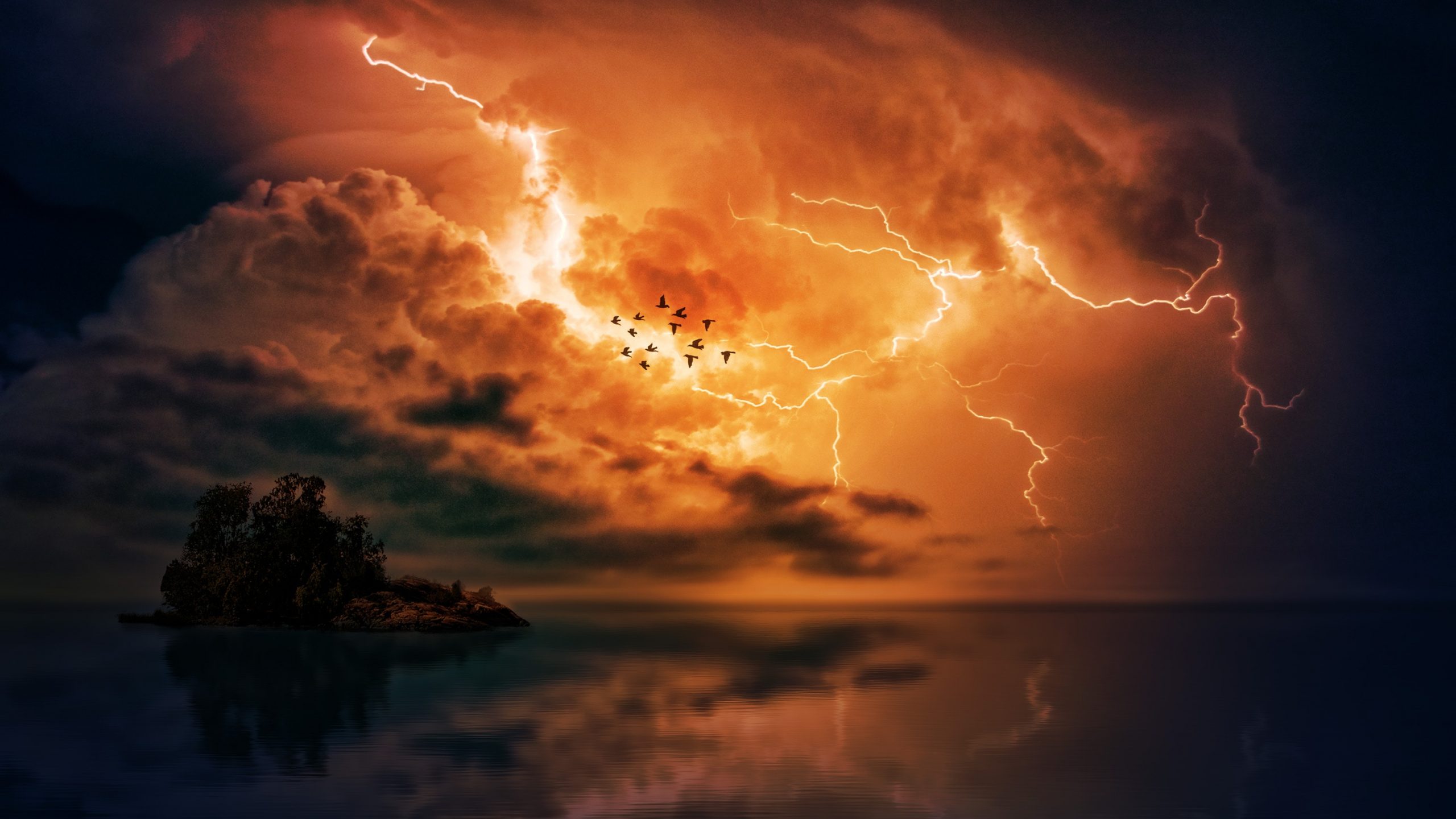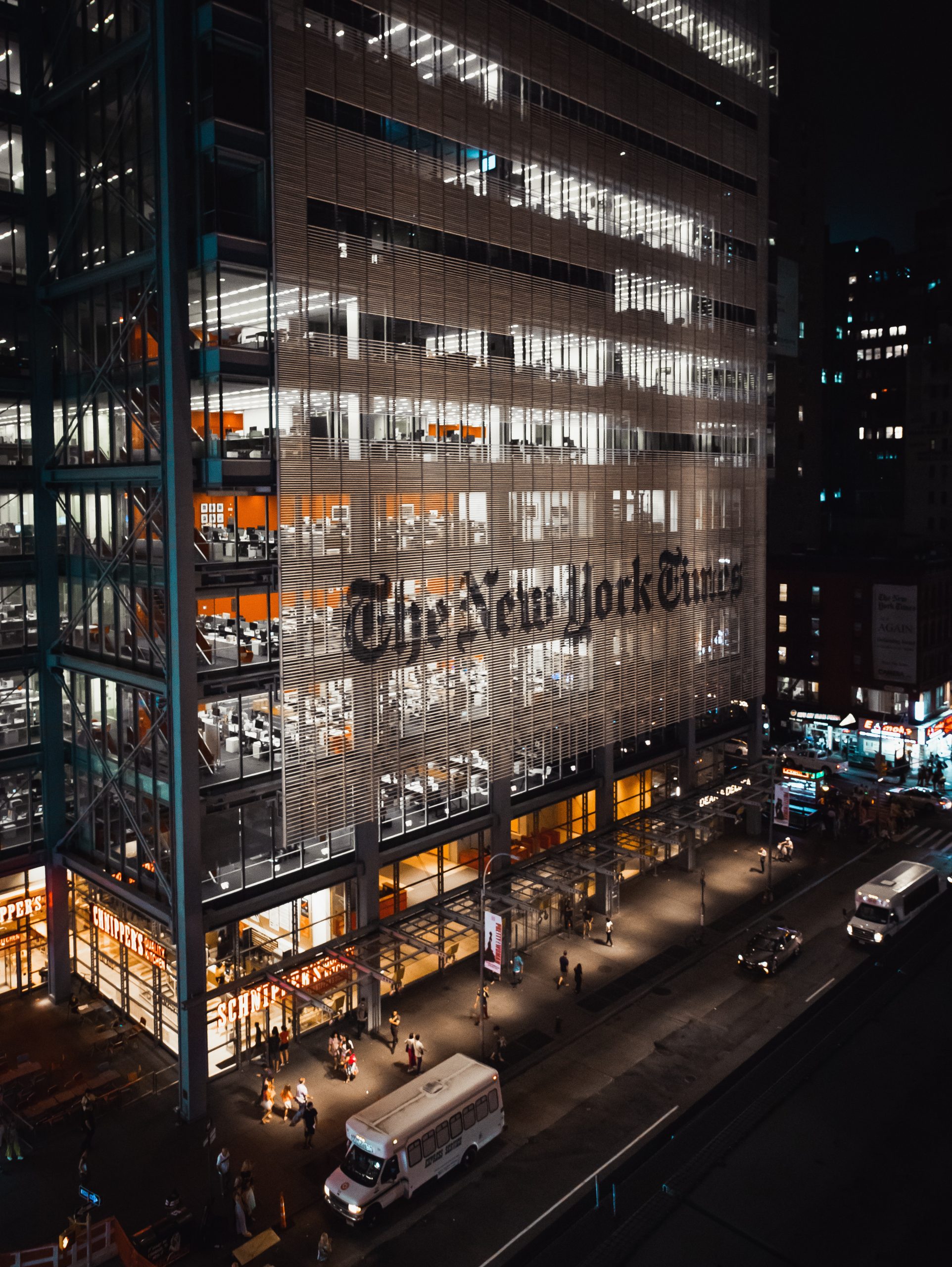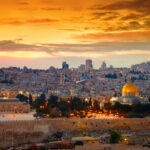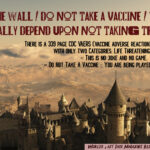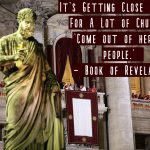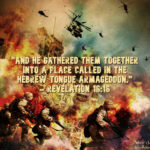Communist – Terror
In Peaceful Heaven
Lt. Col. Gordon “Jack” Mohr
This is my story. It is not something someone told me, or something I read somewhere. I was there. I saw the terror: I felt the pain: I was part of that drama which saw over 3500 innocent men, women and children slaughtered in ten days.
In 1946, after completing a tour of duty with the U.S. Army in Japan, I returned to the United States for discharge and the long-awaited assimilation into civilian life. After two years of civilian life, including college work, I was called back into active duty in June, 1948 and sent to Korea to work with the Korean Military Advisory Group. This was a small group of personnel who had been given the difficult and often frustrating task of training the fledgling army of the new Republic of South Korea. I was a first lieutenant at this time.
At the end of World War II, when Korea was divided along the 38th Parallel, the northern section came under Communist control. Almost immediately, a school was begun in Pyong’yang, the capitol of the north. This was a very special school. made up of Communist young men from both North and South Korea. They were given extensive training in the art of infiltration. Their main task – to infiltrate the military apparatus of South Korea, so that. at a given signal. they could take over South Korea by military coup.
The day for the takeover was October 28, 1948. But as often happens, there was a mistake in the plans that caused the coup to go haywire. Instead of a nation-wide takeover. the revolt broke out in only a few areas.
The center of the revolt was in Yosu, Challo’namdo Province. This happened to be the infantry regiment I was advising.
When orders came down from the North, about 2800 men from the Fourteenth Infantry Regiment. joined by approximately 1700 civilians, broke into the armory of the 14th Regiment and after over-powering the guards, made off with about 5000 M-1 rifles, machine guns, light mortars and ammunition that had recently arrived from the States.
This armed force marched into the neighboring city of Yosu and after dispersing the police force, moved north along the peninsula to the little city of Sun’chon. Sun’chon was an industrial city of about 175,000 population, located in the middle of the Chin San valley, surrounded on the north and west by the Chin Mountains and on the south by the Yellow Sea. Sun’chon was located strategically, with five roads and five railroads, coming into the city like spokes on a wheel. It was the center of the most fertile rice producing area in Korea.
The rebel force attacked the police of Sun’chon and after a day of bitter fighting, forced their way into the city and laid siege to the police station in the center of town. I had been away at Division Headquarters in the city of Kwan’ju, 96 miles to the north when the revolt broke and had raced to Sun’chon with a company of Korean infantry from the 4th Regiment, in an attempt to head the rebels off before they reached Sun’chon. To my utter disgust, the Korean soldiers who accompanied me, joined the rebels and left me with 45 frightened policemen who took refuge in the police station.
We were under siege for several hours, when a Korean sergeant, under a white flag asked to speak with me. He told me that if I would come out, I would be given safe conduct, along with any police who would surrender.
My orders from KMAG Headquarters in Seoul had been quite plain. I was to remain in the area as an observer. but was not to become involved in any action. We were taken to the center of the city. near the Court House an area about a block long and possibly 100 feel wide, a sort of park area with trees and flower beds. Seventeen policemen had decided to come with me. These were seized and bound, as soon as we were out of sight of the police station. I was left to my own, still armed.




